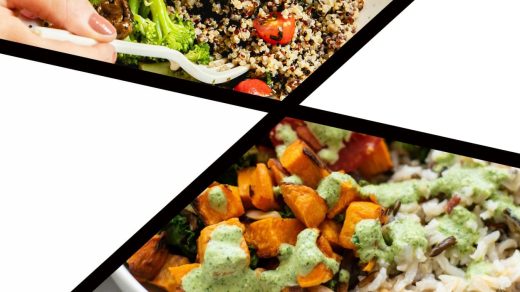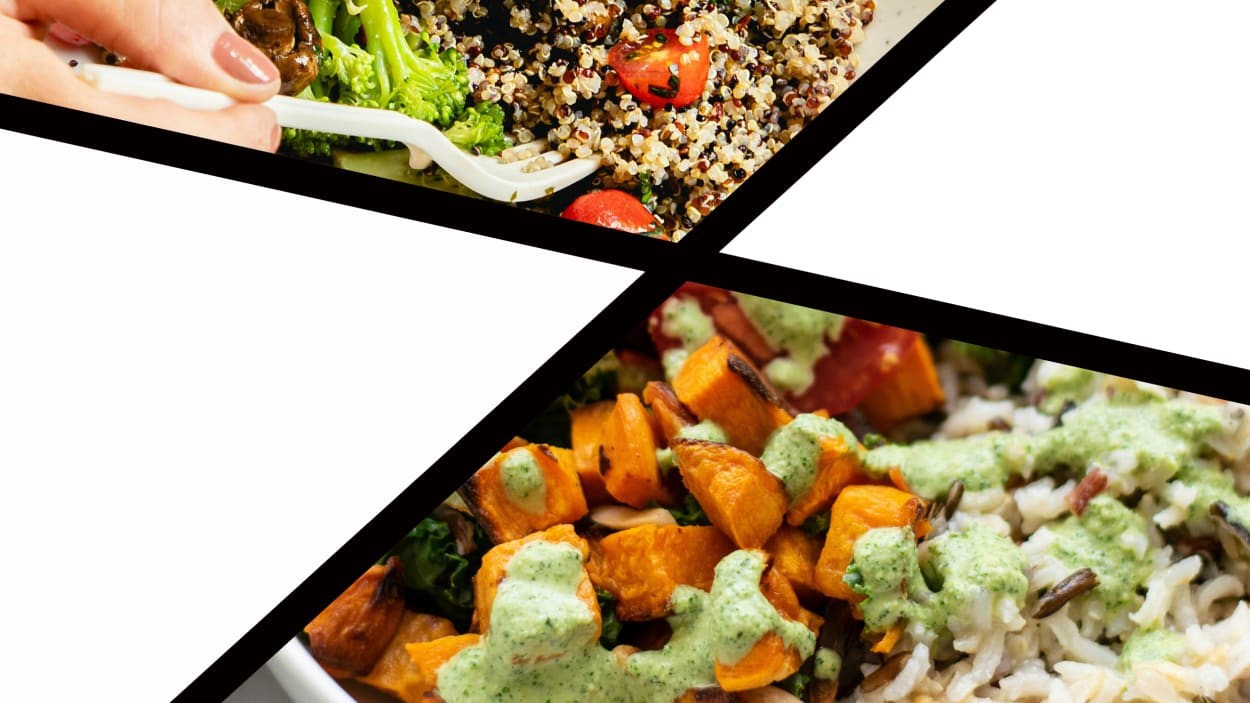Daily Harvest is now making Ozempic-friendly meals
By Yasmin Gagne
This month, meal delivery service Daily Harvest jumped on the Ozempic bandwagon.
A new meal collection includes a curated selection for customers on GLP-1 medication, such as Ozempic or Wegovy. Daily Harvest also launched a partnership with diet company Noom and began letting customers use their flexible spending account money on their offerings to appeal to a wider customer base.
“I think what’s been really interesting to observe is there’s been a lot of conversations around the impact this may have on the food industry, but what the research continues to show is that those who are interested or in need of taking these meds recognize the deep connection between the foods they eat and the goals they’re seeking,” says Daily Harvest president Ricky Silver on this week’s Most Innovative Companies podcast.
Daily Harvest has stated that the company developed the meal plan based on a survey of 2,000 people that it commissioned from OnePoll. The company’s nutrition advisor, Carolina Schneider, says that Daily Harvest has not been able to measure demand for the meals. “Given that the GLP-1 collection launched in mid-January, we don’t yet have concrete data on demand for that specific offering.”
Ultimately, Daily Harvest’s GLP-1 meal collection is a rather clever bit of strategic marketing. Most of Daily Harvest’s offerings are already low-calorie, and high in fiber, which are already in compliance with a typical GLP-1 customer’s recommended diet. While other food companies are wringing their hands and making excuses, Daily Harvest can now highlight that fact in its advertising.
Adding language relating to GLP-1s could help the company reach a whole new customer base of people on the medication. The move recalls other messaging in the supermarket aisles—like when gluten-free diets became popular in the late 2000s, and fruit and vegetable growers started sticking “gluten-free” stickers on items like apples.
Daily Harvest has also partnered with diet company Noom. After years of marketing lower-calorie diets and a psychology-based approach to weight loss, Noom also started selling GLP-1s to clients this month through a new app, Noom Med. Daily Harvest’s meals now come with color codes to fit with Noom’s calorie-count classification system.
The company is also trying to get money from insurers. Customers can now apply their flexible spending accounts toward Daily Harvest products, similarly to what they can do on services like Instacart Health. Other services, such as nutrition company Virta Health, which aims to get customers off GLP-1s and regulate their health through dieting, have taken a similar approach. “[There’s an] interconnection between the healthcare industry and the food industry, and I actually see that as a huge win for people in general,” Silver says. He was not able to predict how big a portion of the business this would become. Last year, the company also began selling products in such supermarkets as Wegmans to reach even more customers.
The rising interest in GLP-1s, such as Ozempic, plus all of Daily Harvest’s recent moves, have given the company the opportunity to bury a past, less salubrious, news cycle. In 2022, an ingredient in some of its meals, tara flour, sickened 133 customers, with 39 of them requiring gallbladder removal. The company has since changed its ingredient-sourcing process.
While industry prognosticators and companies from Walmart to Nestlé have already said the adoption of Ozempic might impact their bottom line or the foods they offer, Silver is more measured. “There’s a lot of prognostication that we like to do as a society about what the impact could be,” he says. “In the past, the food industry has been more of a driver of consumer behavior. We will benefit if we see the food industry responding to consumer behavior instead. Exactly what influence [GLP-1s] will have on the industry is yet to be seen. But I think it absolutely will have some impact.”
(23)



